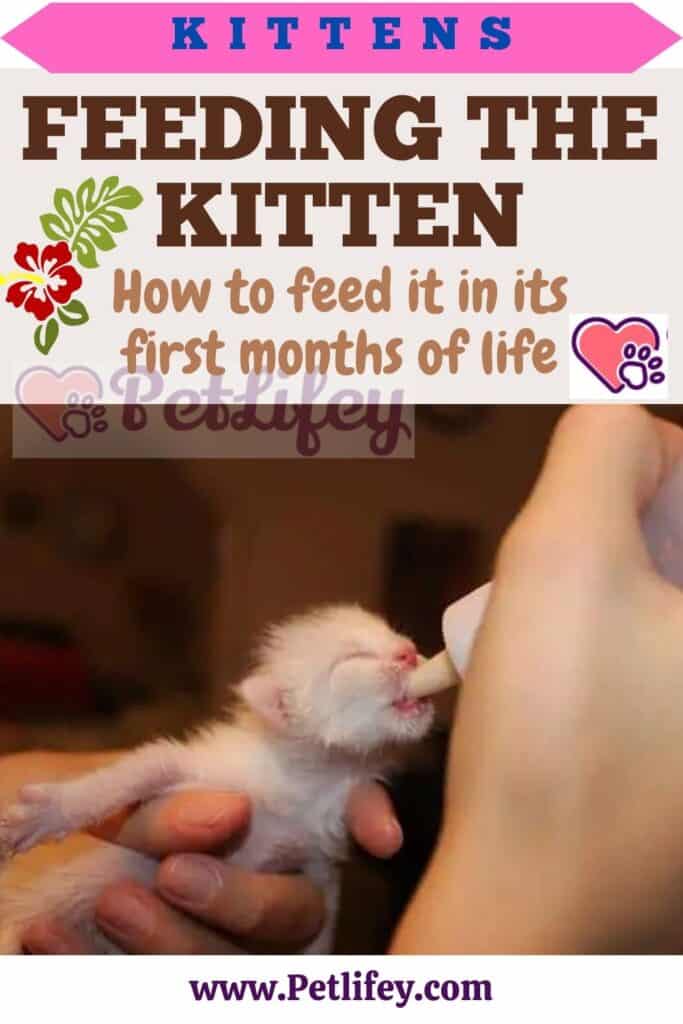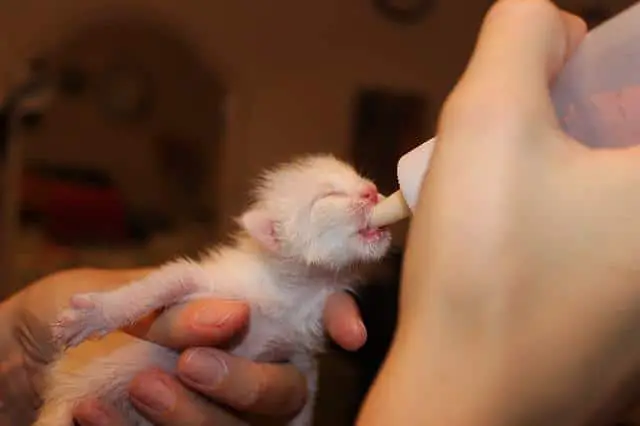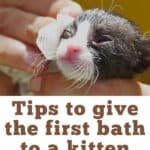
What is the best kitten diet? We review essential foods and nutrients for your puppy to grow strong and healthy.
Deciding to adopt a small kitten is a bit like becoming parents: attention and responsibility towards it will fill our days. We must take care of him in every respect, to make him grow strong and healthy. One of the most important aspects certainly concerns the feeding of the kitten: in fact, it is important to know how to feed him in the best way to guarantee him everything he needs for optimal growth and development.
Feeding the kitten: the essential nutrients
Initially we may think that planning the right kitten nutrition is an easy thing. In reality this is not the case.
In fact, there are many factors that we must consider and first of all his months of life. It is important to know what quantities of food we have to give him, how many times a day we have to eat him and above all what.
This is a small and useful guide on feeding the kitten: let’s find out what it needs and how its nutrition varies according to its months of life.
Just like our babies, kittens also need to feed themselves in the best possible way to grow strong and healthy.
Of course, its diet varies not only according to its lifestyle and specific nutritional needs, but also according to its weeks of life: a 2-month-old puppy will certainly not eat what a one-year-old kitten eats, and neither much. less in the same quantities.
It is important to know that in the first 12 months of life the kitten grows rapidly, develops its digestive system and its immune defenses, and therefore needs a complete diet, adapted to its specific needs. Diet very different from that of an adult cat.
Ensuring the kitten the right amount of protein and energy through nutrition will help it to grow in health.
For this reason, well-balanced proteins, fats, carbohydrates, minerals, vitamins and amino acids must never be lacking in your diet. The right amount of each of these nutrients will help him develop:
- cells and tissues;
- bones and joints;
- muscles;
- cognitive function;
- nervous system;
- immune system;
- brain and liver function.
It is also important to remember that in the first months of life the kitten’s digestive system is still not well developed, so its diet should be based on the administration of easily digestible food.
Feeding the kitten: month by month

We know that in the first days of life it is the mother cat who feeds her kitten. It will be she with the colostrum (yes, mother cat’s milk in the first days after giving birth is called that) to give the kitten all the nutrients she needs.
In its first days of life, colostrum will ensure your cat not only her body growth but also the development of the immune system.
After the first week, the colostrum will turn into real milk, which the puppy will continue to drink until its exhaustion, which occurs around the fourth week.
But if by chance we found a newborn puppy orphan of his mother we must be the ones to give him the milk, naturally with the bottle.
Let’s see in detail which nutrients to give to the kitten, planning a specific diet that follows the different stages of its development.
First month of life
If we are dealing with an orphaned puppy, the right amount in this first month of a cat’s life is 100 ml of milk for every 100 grams of the kitten’s weight, but beware of the milk we give it.
Cow’s milk is not recommended, as it does not have sufficient proteins and fats to guarantee the cat the right nutritional needs to be able to grow strong and healthy.
It is recommended to opt for goat’s milk or lactose-free milk, very similar to colostrum.
We can also go to the pharmacy and buy a type of artificial milk for kittens, perhaps in powder form, but always on the advice of the veterinarian.
Second month of life
From the second month of the kitten’s life we can begin weaning.
We combine the daily quantity of milk (on average it is recommended to feed the kitten 3 or at most 4 times a day) small portions of specific dry food for cats.
As the weeks go by, we decrease the quantity of milk in favor of dry food, until it is completely replaced.
Surely the first few times the kitten will not accept this “strange and new substance”, but over time it will get used to the new food.
Third month of life
The third month is instead dedicated to the discovery of wet food. It is essential at this stage to include wet food in the kitten’s diet, so as to prevent it from getting used to only one type of food.
We will ensure excellent supply of all the nutrients it needs.
However, a small clarification must be made: in nature, the kitten so small eats small portions of food even 20 times a day, including night meals.
So it’s crucial:
- feed him several times throughout the day, 3 or at most 4 meals a day, but with small portions of food: this is because his digestive tract has not yet formed completely;
- get him used to set meal times;
- leave him some food for nighttime snacks.
Fourth / Sixth month of life
From the fourth month to the sixth month we can start feeding the cat with the normal cat food, but without exceeding 3 meals a day.
Once the milk has been eliminated, we alternate dry and wet food throughout the day as part of the kitten’s diet.
The important thing is never to exceed the total daily quantity, otherwise you would risk giving the kitten more calories than its real needs.
Seventh month of life
The feeding of the kitten from the seventh month onwards provides for the reduction of daily meals.
In particular, it is advisable to feed your cat twice a day, perhaps with small snacks, croquettes or tasty snacks, but pay attention to the energy intake: it must always and only be what it really needs.
One last but important piece of advice: starting to eat wet food, the kitten will be able to take the right amount of liquids it needs, but it is still important to always guarantee it fresh and clean water, it must never be missing.






